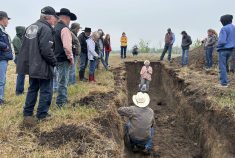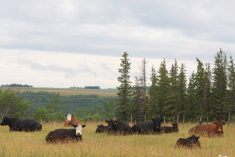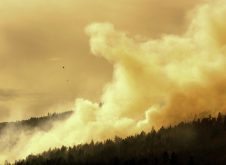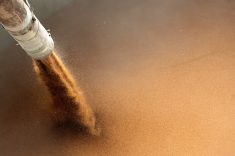“Most people do not understand the relationship between randomness and skill,” says Ben Brode, game designer, on the podcast Search Engine.
I’d bet quite a few farmers and ranchers get it. But more on that later.
When it comes to games, most people imagine a continuum between skill and luck, says Brode. On one end are the games that are 100 per cent luck-based, such as Chutes and Ladders. On the skill-based side are strategy games such as chess, which don’t have any random elements. Most people think that if games involve more chance, that means less strategy, or vice versa. But that’s not true.
Read Also
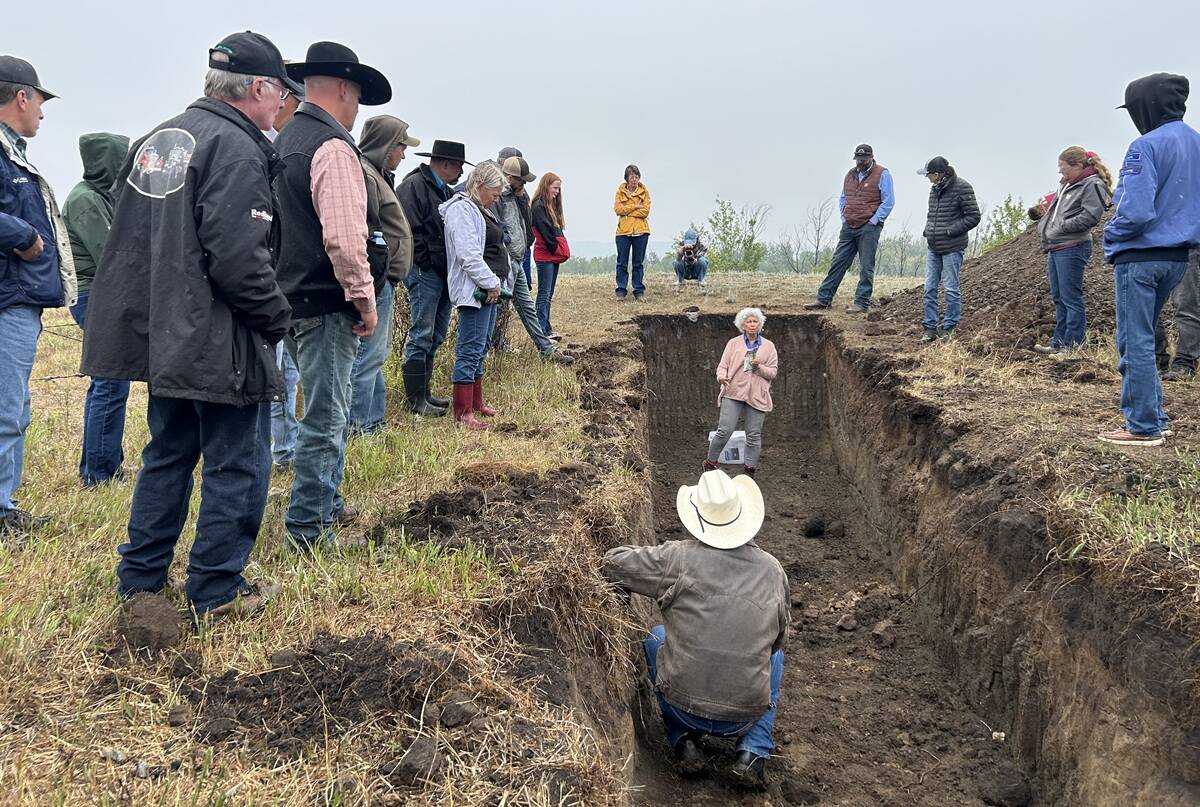
Improving soil health on the ranch
Yamily Zavala, PhD, talks soil health for farmers and ranchers at a grazing club field day at Paradise Hill, Saskatchewan.
“Luck and strategy are independent vectors. It’s more like a graph, where you can plot the amount of luck and strategy,” says Brode. A game like Tic Tac Toe has no luck and very little strategy. And other games have a whole lot of both.
“Poker has an enormous amount of luck and enormous amounts of strategy,” says Brode, who is well-known in the online gaming world for creating some very “sticky” virtual card games such as Marvel Snap and Hearthstone.
Ranching is a lot more like high-stakes poker than chess. Yes, there is all kinds of strategy involved, but there’s an awful lot of chance, too. And that means you need to be able to change tactics as conditions change, based on whatever information, knowledge and experience you have.
I’m writing this in mid-March. We got a good dump of snow in early March, which was certainly encouraging, but I’m still not sure how much I’d bet on a favourable growing season this year. By the time this column comes out, Mother Nature will have dealt farmers a couple more cards, but not a full hand.
No one can control the weather, markets or those other forces that introduce chance and stress in producers’ lives. Some might want to cover risk through forage insurance, livestock price insurance, or business risk management programs, if those options work for their operations.
You can’t foresee every situation. But it’s good to have a baseline knowledge and a few plays in your back pocket. It helps you think about what you’ll do if certain opportunities arise (enough rain, good growing conditions, strong live cattle markets) or risks become too high (ongoing drought, too much rain/flooding, deteriorating pasture, volatile markets, high input prices ).
What happens this spring affects not just the grazing season, but winter-feeding options, too. As Gabriel Riberio writes in our latest Nutrition column, it helps to know how much forage you’ll need to feed the herd, and what kind of losses you might expect through harvest, storage and feeding. It’s better to think about these things now than three months down the road when you might be facing a shortage.
For some producers this year, adapting to conditions might mean relieving grazing pressure by destocking or supplemental feeding, as Duane McCartney writes in “Managing grazing through drought.” Or perhaps you’ll have a chance to rejuvenate a tired pasture by delaying grazing, as McCartney also describes. You might be planning to seed cover crops or perennial forages, and we’ve got a couple of articles with considerations around that, too — “Do you know what’s in your forage mix?” (written by Becky Zimmer) and “Finding a forage to fit your farm” (in which I interviewed Graeme Finn). Melissa Jeffers-Bezan has an article in News Roundup featuring research led by Dr. Bart Lardner on how different forage blends held up to grazing. And Reynold Bergen writes about forage breeding and mentorship in Research on the Record and mentions a few new and upcoming varieties. It’s been mentioned elsewhere in our April 2024 issue, but worth highlighting again, that the Beef Cattle Research Council has some great resources online, including the Forage U-Pick tool (upick.beefresearch.ca).
It’s always preferable when dugouts and sloughs fill with fresh water from the spring run-off, but many producers are going to be starting with a deficit. It’s not just the lack of water, but the water quality that’s likely to be an issue, especially if it’s a hot, dry year. Jeffers-Bezan’s primer on water quality outlines common problems and how to monitor those water sources, given what we know and what tools are available right now.
Luck, in both games and life, sometimes creates situations we can’t foresee, says PJ Vogt, host of Search Engine. “And real skill is revealed in how we navigate the unforeseeable. We can never control what happens. We can sometimes control how we respond to it.”
Or, as Kenny Rogers once sang, every hand’s a winner, and every hand’s a loser. You’ve just got to know what to keep and what to throw away.
I wish you all the best of luck as you adapt to whatever opportunities and challenges Mother Nature throws your way this spring.




